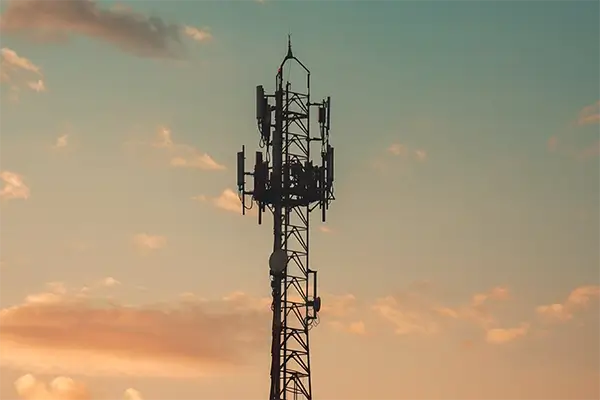
By: Mike Gedeon, Customer Technical Services Manager
At this time, virtually everyone has heard the term 5G. It has been discussed at length in the news and trade media and it has been heavily advertised by wireless provider services. World leaders have talked about how critically important it is to have their nations lead the way in 5G deployment, and of the dangers of falling behind. With this much attention and discussion, there will naturally be a number of misconceptions and some confusion about 5G is and what it means for the average person.
5G misconceptions:
- 5G is a single technology.
5G is not a technology, but a set of standards that govern how devices such as smartphones communicate with the mobile network, and how data moves through that network. There are many competing technologies available to address various components of the 5G standards.
- The 5G standards have been published and we are just waiting for full deployment.
In reality, the 5G standards are being continually developed and tested before being released to the public. The first set of standards (Release 15) was published in 2019. Release 16 is set for the 2nd half of 2020. Release 17 is tentatively set for December of 2021. Historically, each release takes approximately 2 years to complete.
- A single country can have a disproportionate influence on which 5G technologies are used.
The 5G standards are created by a world-wide consortium, the 3rd Generation Partnership Project, and are approved by the International Telecommunication Union branch of the United Nations. Every carrier and network is free to use whatever technology or technologies works best for that particular area, but the different technologies will all work seamlessly together.
- 5G signals have shorter range and will thus consume more power to provide the same coverage.
National governments have set upper limits on the power that can travel through any wireless signal. Most 5G signals will be aimed directly at the antenna, with less power transmitted to areas that do not need coverage. So, the amount of transmitted power received by any user will be no more than that of 3G, 4G, or LTE signals
- 5G will replace Wi-Fi.
5G and Wi-Fi will seamlessly coexist to provide the user with constant coverage, both indoors and outdoors.
- The shorter range of 5G mm-wave signals will result in lack of coverage.
Millimeter wave signals do have shorter range than the longer wavelengths in in previous generations. Coverage will be supplemented by lower frequency wavelengths where required for longer range, and many smaller cells will be scattered throughout areas with a high density of users to optimize coverage.
- 5G signals may present health and safety issues.
This has been covered extensively elsewhere.
In the end, what 5G really does is give the average user greater access to coverage, even while travelling in a vehicle at high speed, with higher data rates and seamless transition from indoor to outdoor coverage.
Connect with me on LinkedIn.
